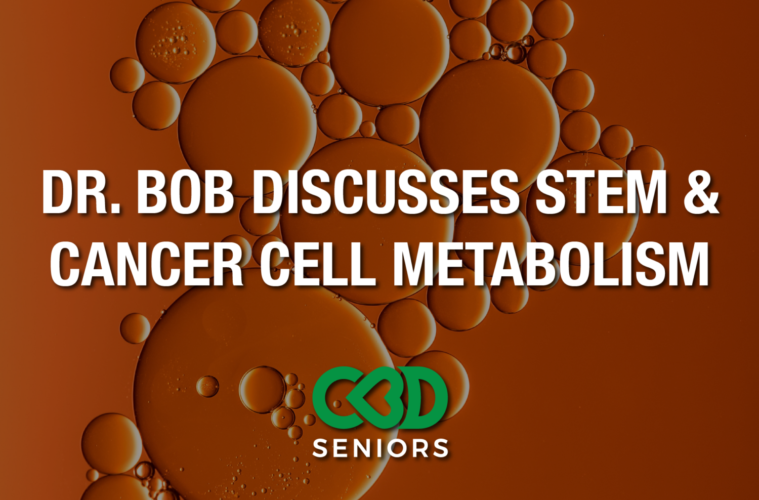This article was originally published on CBD Seniors. To view the original article, click here.
The Electron transport system makes energy efficiently, but dangerously, because if it is overloaded or backed up, it produces an excess of free radicals that require the system to adjust. The system adjusts by shifting its metabolic pathways (inefficient, but safe). Glycolysis, which is the most ancient form of energy production, is used.
In contrast, cells get their energy by burning fat, also known as the autophagy or beta oxidation. Under these conditions, the cells are recycling their damaged components. In fact, the components that were typically damaged when energy was being produced efficiently via the electron transport system. Undifferentiated cells are not doing very much and hence can get away with inefficient energy production. Embryonic stem cells burn fat and hence safely produce energy, which they are doing in a minimalist fashion because they’re basically hanging out, waiting to do something. Cells undergoing the E.M.T. Transition have started to make energy more efficiently and therefore are more able to carry out differentiated functions. They balance between using an electron transport system, but significantly get their energy from aerobic glycolysis as well as glutamine analysis.
Related: Are you a senior curious about the benefits of CBD for cancer? Click here for a comprehensive guide.
Cells that have made the transition are now mobile, and can seek out the happy home where they will differentiate to perform their essential functions. Differentiated cells prefer to make energy efficiently. However, any impairment in the flow will typically result in the reduction of increased levels of free radicals, which have the ability to damage all cellular constituents.
All living entities are constantly producing free radicals that must be kept in an appropriate balance. They’re important signaling agents so they tell the cells how to adapt. However, when an excess is produced, cells can be trapped in inappropriate metabolic states with the associated excess free radical production that ultimately leads to the genetic changes that satisfy the survival needs of a cell that’s under stress. Cancer cells are under constant metabolic stress and hence they choose the pathways that minimize excess free radical production, which includes glycolysis.
However, ultimately, if a cell is continuously stressed, it will select for the ability to burn fat. Under which conditions the cell basically isolates itself from its environment and focuses on survival, which it does by repairing the damages that were caused by burning energy efficiently. The de-differentiated cancer cells that are burning fat do not amplify imbalances in the same way that a carbohydrate metabolizing cell would, in other words, apoptosis, this is not induced. Hence, it’s very difficult to kill these cells, and extra means are necessary to overload them with free radicals. So in addition to metabolic manipulation, intravenous treatment with high doses of vitamin C, which interacts with iron in the blood via a well-known reaction produces hydroxyl radicals, which will then help overload the cell, which will typically cause these resistant cancer cells to die via necrosis as opposed to apoptosis.
Advertising disclosure: We may receive compensation for some of the links in our stories. Thank you for supporting LA Weekly and our advertisers.


